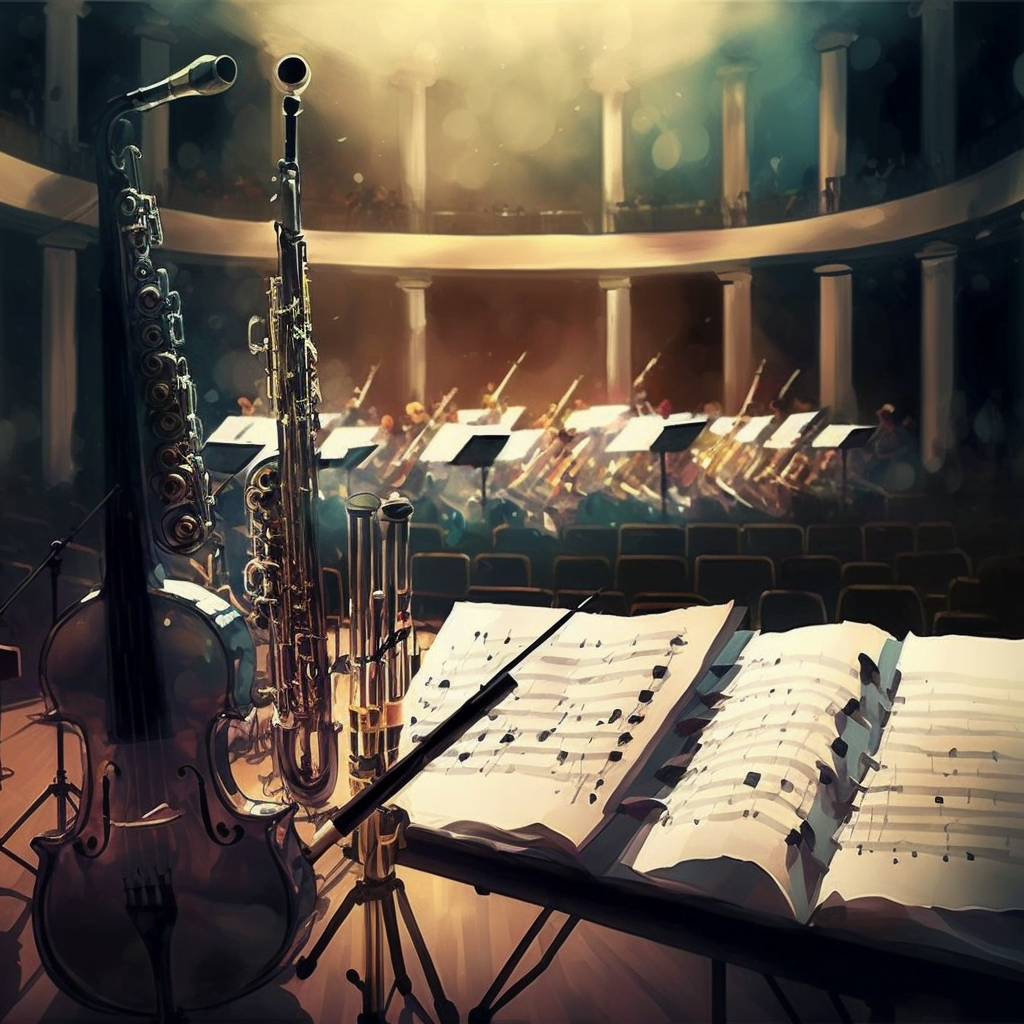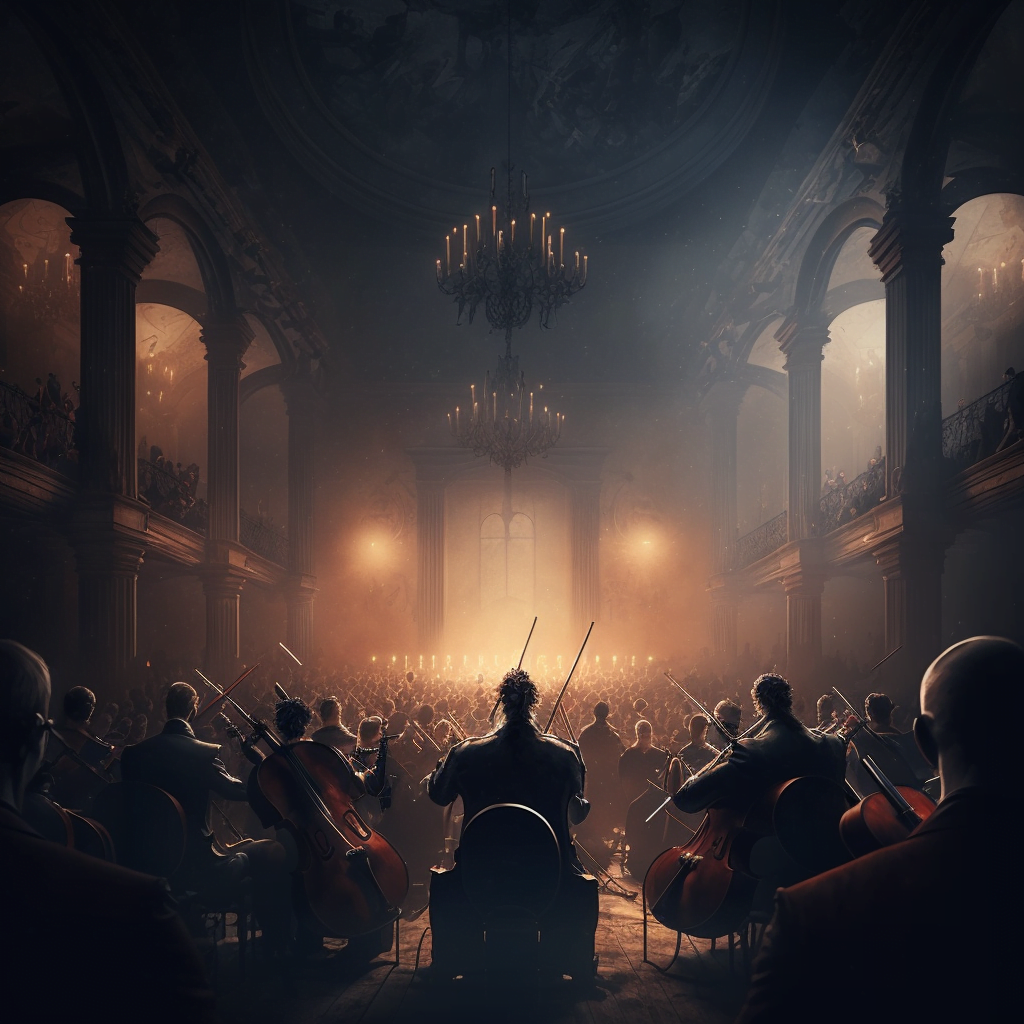Musescore in 2023 | Why It’s Best Open-Source Music Notation Software
Introduction Whether you’re an aspiring musician or a seasoned composer, finding the right music notation software can be daunting. Many spend countless hours or even days on end comparing dozens of applications to find the one that strikes a perfect balance between functionality, ease of use and cost. Musescore can be used to help you … Read more



